It happened last week, a preoccupation with a feeling of unease and a desire to escape my surrounding space to take solace in activities that are smeared with artistic excellence, perfection, and beauty. After plunging into an abyss of deliberations, I decided to re-watch the works by probably one of the greatest directors who ever lived and get a fresh insight and perspectives on his films that have left a lasting impression on me. Yes, Stanley Kubrick (1928-1999) was, in addition to being a great director of his time, constituted the epitome of excellence, perfection, and the resultant recreation of beauty that could be gathered with every viewing of his movies.
Stanley Kubrick died on March 7, 1999, at the age of 70, due to a heart attack in his sleep at his home in Childwickbury Manor, Hertfordshire, England, leaving behind a legacy of thirteen exemplary films.
The infamous attention to detail, a quintessential Kubrickian directorial feature, owes its brilliance to his past profession as a photographer for ‘Look Magazine’ discernible in the positioning of characters and visually exhibiting the relationship between the characters capturing every moment, feeling and mood as seen in films like Killer’s Kiss (1956), The ‘killing’ (1955), ‘Eyes Wide Shut’ (1999) and Barry Lyndon (1975), to name a few.
The enormous audience appeal created and enhanced over the years by Kubrick’s films is a combination of the commercially successful films of his contemporaries (with catchy narratives and unexpected plot twists) like Roman Polanski and Steven Spielberg, as well as the aesthetic visual pleasure and philosophical underpinning inherent in the works of his arthouse contemporaries viz., Ingmar Bergman and Jean-Luc Goddard. Based on the direction, narration, themes, and visual and aesthetic pleasure generated by his films, the ranking of Kubrick’s films has been underlined below.
13. Fear and Desire (1953)
Kubrick’s cinematic career can be associated with the release of his directorial debut, Fear and Desire, in 1953. It is believed that the film failed tremendously in bringing Kubrick into the limelight, largely because he hated the film and did not want people to see it. However, in retrospect, the film can be stated to have set the benchmark for all the anti-war films by the director in the later years, especially Paths of Glory (1957) and Full Metal Jacket (1987). Set against the backdrop of elements of nature and a forest, in particular, the film analyses the attempts of four soldiers to escape the territory of their enemies. The aim is brought to a possible culmination through the ‘death’ of a general and a female prisoner underlining the inevitability of ‘killing’ in a war.
Related to Stanley Kubrick Movies: Stanley Kubrick: Placing Gender Within Kubrickan Framework
One of the most interesting interpretations of the film is the manipulation of nature by humans to fulfill the ‘man-made’ constructions that, in this case, are the ‘othering’ of the enemies and the channelization of hatred. The act of tying a girl against the tree and creating a raft for escaping is a striking instance of the usage of nature and its purpose and its application (killing the general and the prisoner).
Set in an unknown setting showing a fight between two unknown countries, the film can be regarded to be having an apolitical tone concerning its approach towards its theme (anti-war), unlike his later films. Through his mastery of direction, Kubrick had colored the discourse of war and the characters’ reflection on it in poetry reflected in their deliberations on the philosophies of war, drawing visual parallels in the actions of Sidney and the personality of the enemy incompetent General.
12. Killer’s Kiss (1955)
Following his dissatisfaction with Fear and Desire, Kubrick embarked on the journey to release his second film, Killer’s kiss, in 1955. The film, which can be categorized as a thriller, revolves around the actions of a washed-up boxer named Davey Gordon, who engages in strenuous endeavors to save his love interest Gloria Price from her abusive boss Vincent.
Not unlike any quintessential thriller film of the genre, Killer’s Kiss interweaves violence and romance to achieve a cinematic climax that continues to appeal to the expectations of a significant proportion of the audience, that is, the victory of the hero over the evil (represented by Vincent) or the protection of a beloved from an abusive lover. It is Kubrick’s direction in portraying the chivalric aspects of the film that has enabled Killer’s Kiss to be lauded as one of the cinematic masterpieces. Besides, Kubrick’s photographic skills of the past were incorporated into the representation of the characters and the presentation of their relationship to the audience.
Killer’s Kiss Official trailer
Here, the looming love story between Davey and Gloria and visually conceptualizing the latter’s narration of her past relationship with her father and sister through the act of ballet dancing is imbued with voyeurism that can also be seen in his photographs. In both cases, the viewers are presented at the giving end of the ‘gaze’ upon the images presented on screen against the intricate details surrounding them.
The physical altercation between Gloria and Vincent at the outset, exhibiting an ongoing abusive narrative, foreshadows the romance between Davey and Gloria and an eventual conflict between the very narrative and the upcoming romance. In this view, both the ‘audience’ and ‘Davey’ are placed under the category of “viewers,” whose gaze is an essential element in the unfolding of the plot. Thus, the direction used in the depiction of the plotline makes Killer’s Kiss one of Kubrick’s underrated works of art.
11. Spartacus (1960)
The auteur’s experiment in the sphere of historical drama earned him numerous accolades post the release of his anti-war hit, Paths of Glory, and also paved the way for alluring future projects such as Lolita, marking a departure from the tenets of perceived mainstream cinema. The tumultuous journey of ‘Spartacus’ from the pre-production controversies to the onset of hostilities witnessed a successful culmination encapsulated in a solid storyline and a laudable direction. The story revolves around Spartacus, the titular Thracian slave who amassed a massive army to fight against the institution of slavery practiced by the Roman Empire, and Marcus Licinius Crassus, whose transformation from statesman into a brutal dictator shaped the film’s climactic denouement subverting the anti-state war by crucifying Spartacus.
The film bears thematic affinities with the quintessential Kubrickian oeuvre that highlights the existing social menaces and the necessity to challenge the socially prescribed preconceived ideals. Kubrick created and emphasized the grandeur of Rome at the apex of its civilizational glory but took the utmost care to deviate from a glorification of Rome and its establishment of institutionalization of subordination. Overall, the film encompassed a thrilling plotline, stellar talents exemplified by Kirk Douglas and Laurence Olivier, an impeccable setting reinforcing a sense of verisimilitude, and a solid template of cinematic artistry created by a visionary director.
10. Lolita (1962)
Kubrick’s 1962 film is based on the controversial book by Vladimir Nabokov surrounding the obsession of an old man with an underage girl, thereby earning the status of controversy in the wider literary universe. The recreation of this controversy on-screen by Kubrick owes its brilliance to the laudable performances by Shelly Winter, Peter Sellers, and Sue Lyon and his adaptation of the book to display rather subtle sexual tensions amongst the primary characters (Humbert, Charlotte, Quilty, and Lolita). Kubrick’s adaptation, in this context, steers clear of the noteworthy ‘outrageous’ aspects of the book; Humbert’s perspective of his growing obsession is one of them, constituting the cinematic translation of the controversial literary masterpiece.
The film can be said to have held a special position in a quintessential Kubrickian composition renowned for expressing redoubtably amid the dictatorship in the textual realm. Depicted in classic black and white in contrast to its predecessor Spartacus, the adaptation exudes the vibe of a classic black and white thriller plotline culminating in unmasking the identity of the culprit.
Recommended: The Viewer in Kubrickland: Solving Stanley Kubrick’s Hermeneutic Labyrinth
Kubrick’s improvisation of Nabokov’s ‘Lolita’ is discernible in the salacious portrayal of the titular character flawlessly executed by Sue Lyon and the collision of a plotline that eclipses an exclusive focus on Humbert’s debauchery and resultant actions. Dolores’ complicity in Quilty’s strategies to assist in her escape and the end of the film, in which she unravels the mysteries, provides the titular character with the growth and expression that was lacking in the book. It is generally believed that Kubrick’s adaptation of ‘Lolita’ constitutes an elixir of affirmation and animosity perceived to be inherent in the ‘secretly hostile’ relationship between cinema and literature, especially with regard to the former’s adaptation of the latter.
9. The Killing (1956)
The Killing constituted Kubrick’s first breakthrough in dragging his experimental filmmaking techniques into the limelight. The neo-noir heist film that follows a non-linear narrative undergoes rigmarole of plans, decisions, and persuasions necessitated by meticulous detailing of every step as a whole. It follows the arrangements made by Johnny Clay (played by Sterling Hayden), a newly released convict, to rob a racetrack of $2 million during a race that goes awry after the plan was disclosed to George Peatty’s wife Sherry and her boyfriend, Val Cannon. The film is considered to possess a ‘fractured narrative’ and the layers of stories being expertly woven to form a desirable ‘whole’. Being the director’s third Black and White film, an astute analysis of the film collides with the unanimous opinions about its inaccurate assumption of being a thriller heist solely devoted to entertaining the worshipper of the genre.
Similar to Stanley Kubrick Movies: Every Quentin Tarantino Film Ranked
However, the film excels in delivering haunting social realities; greed, infidelity, and racism, to name a few, and their role in expediting an attraction to committing crimes. Directed and produced by Kubrick and James Harris, respectively, the disorienting narration of the film strengthening the puzzle between continuity and recurring flashbacks is a product of numerous deliberations and amendments, a deviation from the main source that affirmed the documentary-like voice-over narrations. The success of the 28-years old director’s third film catapulting him into international recognition, epitomizes a conscious decision and a keen long-sightedness, in addition to directorial excellence.
8. Full Metal Jacket (1987)
The penultimate composition by Kubrick, possessing an anti-war undertone, is regarded as one of Kubrick’s finest works. The film is a satire on the inevitability of brutalities and enforced masculinity that validates and derives affirmation from war. The expectations of the application of violence and the culture of compromising humanity, quintessential of war culture, add to the film’s thematic coloring. The film opens with the training of a group of aspiring young marines and soldiers as they endure the trials of basic training. The film is categorized into two parts. The first half marks the preparation for the war, and the second half is set in Da Nang, Vietnam, and is shaped by the bloodshed and atrocities of war.
Related to Stanley Kubrick Movies: 10 Films to Watch If You Loved Nolan’s Dunkirk (2017)
The exquisitely realistic setting augmenting the geographical verisimilitude, peppered with stellar performances and unfolding with poetic brilliance has succeeded in establishing Kubrick as an established ‘anti-war’ film auteur, in addition to his affirmed position as a personified talent in the directorial sphere. One of the film’s striking features is the lack of focus on an individual protagonist or their heroic display, albeit the flawed association of the same with Joker (played by Matthew Modine).
By expertly weaving the intricacies and nuances of the story, the viewer would be able to get a grasp on the central message of the movie and steer clear of its association with a ‘war film’ emphasizing the celebration of victory or a display of heroism and valor. In retrospect, it is comprehensible that a panoramic perspective of the film and not the sole focus on the assortment of details provides the audience with a wholesome experience from the film, thereby underlining its achievement as one of the greatest works by Kubrick.
7. Paths of Glory (1957)
Presented in Black and White and epitomizing accomplished cinematography, ‘Paths of Glory’ has achieved the stature of the most talked-about, controversial film of its era, fostering a lasting impression for posterity. The sordid realities of overly ambitious and corrupted generals juxtaposed against the inherent humanity and the basic instinct for survival of the soldiers constitute the gestalt of the film. The film is set in the backdrop of the First World War between the French and the German forces where the failure to attack “Ant Hill”, a heavily fortified German stronghold by three soldiers, was met with severe allegations of cowardice, a non-negotiable distraction in wars and rewarded with execution. Through this film, Kubrick attempted to depict war as an intense struggle for upholding and restoring megalomania where instincts and desires are sacrificed for undertaking unexpected operations and attaining constructed ‘glories’.
Kubrick wanted to excavate the litany of complexities embedded in the recurring anti-war tagline, ‘War is bad,’ by placing the themes of greed, injustice, and dehumanization (of soldiers) on the frontline. Here, General Dax (played by Kirk Douglas), portrayed as the moral compass of this dramatically brutal operation (that is, war), weaved the puzzles of these nuances and complexities and helped in bridging the gap between opposing perspectives about the war that include, authorities at the highest echelons personified by General Mireau and those victimized in the process (the three soldiers). Amid the existence of staunch hierarchies and exhibition of power, the film ends on a positive note signifying the pivotal role played by music and culture (the antithesis of war and military glories) in uniting the antagonistic groups in humanity and humility.
6. The Shining (1980)
An elixir of a riveting chronological plot and its convoluted layers have put The Shining on the map of one of the most distinguished horror movies of all time. Based on the novel by Stephen King, the movie is the visual portrayal of an honest investment of talent required for exploring and presenting the themes of violence, isolation, insanity, conflicted nostalgia, as well as intermittent eruptions of supernatural actions. Owing to the acting and the directorial mastery exhibited through the dramaturgical narrative, the movie still holds a significant place in the heart of the phobophiles and serves as a benchmark for creativity for scary film connoisseurs.
The film begins with an aspiring writer and a recovering alcoholic, Jack Torrance (played by Jack Nicholson), being transferred to the infamous Overlook Hotel in Colorado, unspooling a series of incomprehensibly haunting incidents that steer, shape, and strengthen the narrative into an applauded work of horror. It also introduces the timorous Wendy Torrance (played by Shelly Duvall) and an alleged schizophrenic Danny (Danny Lloyd), whose hostile relationship with Jack is enveloped in mystery, signifying (but overtly explaining) past physical and sexual assaults.
Related to Stanley Kubrick Movies: 10 Great Horror Films of the 1980s
Intertwined with the plot is a plethora of hidden details, signs, and symbols (typical of Kubrickian direction) whose degree of subjectivity and indecipherability has resulted in interpretative deliriums heightening the film to the status of an enigma. The Shining has earned numerous controversies in the form of explicit aversions by Stephen king, whose attempts at controlling the sanctity of textuality were allegedly thwarted by Kubrick’s individualistic approach in the directorial arena. Notwithstanding the criticisms, the film succinctly captures the numerous theories surrounding its interpretation and understanding, ranging from disturbed familial relations and severity of mental breakdown to the Native American massacres, thus highlighting the perfect duet of Kubrickian direction and a meticulous excavation of horror elements.
5. 2001: A Space Odyssey (1968)
As a trailblazer of scathing satire and a master of symbolic imageries, Kubrick’s impeccable direction was boosted following the release of his greatest achievement in cinematic history in the form of 2001: A Space Odyssey. Based on the novel of the same name by British author Arthur C. Clarke, the film attempts to unravel the grand mysteries pertaining to the Universe within the framework of the concept of Evolution. The latter was integrated into the categorization of the film into three sections viz., The Dawn of Man, The Jupiter Mission, and Beyond the Infinite, where the chronological narrative complemented a creative approach in exhibiting the varying evolutionary stages.
Related to Stanley Kubrick Movies: 2001: A Space Odyssey – Visual Analysis & Theme Explained
The linear transformation of the stages onto the next is punctuated by the presence of a Black rectangular monolith whose dubious contribution to the specific plotlines has been subjected to a legion of interpretations. One of the theories in this regard surrounds its pivotal role in heightening the major elements of evolution, a growth in intelligence and a heightening mental capacity being some of them (from the Apes to Humans and from the humans to the birth of a Star-Child symbolizing the post evolutionary stage of humankind).
Overall and in retrospect, the film has been rightly considered a ‘monumental piece of mainstream epic science–fiction and has managed to level up to the position of an epic experimental work of art encompassing unique technical innovations and aesthetic filmmaking experiments. One of the greatest aspects of this work that substantiates the claim is the very attempt by Kubrick to alter the conventional notions of filmmaking with its unequivocal emphasis on words and symbolism. In this respect, the film represents the intention of exhibiting a visually aesthetic narrative and an expectation to deviate from an ardent acknowledgment of dialogue-oriented content, as suggested by the auteur himself.
4. Barry Lyndon (1975)
If a piece of work is to be elevated to the status of an optical beauty that bears not only the power to lavish the audience but launching a sweet assault on their sight and senses, Barry Lyndon occupies a conspicuous position. Considered as Kubrick’s finest work that has attained supremacy in the realm of artistic and musical perfection, the film stirs a firm perception of Kubrick being a futurologist amongst his devout fans following the release of his cult hit works such as Dr. Strangelove (1964), 2001: A Space Odyssey (1968) and A Clockwork Orange (1972).
Set against the artistically colorful and somber reality of the Seven Years’ Wars, the film narrates the arduous journey of Redmond Barry (brilliantly portrayed by Ryan O’Neal) through the rugged mountainous terrains, deserted by social protocols and uplifted to the apex of the social hierarchy confirmed by his acquired identity as the titular Barry Lyndon.
Overall, the plot is laden with a plethora of misadventures, erotically charged sub-plots, intriguing conspiracies, gripping violence and greed, and unexpected twists confirming Kubrick’s status as a formidable storyteller of the genre (period drama) and a creative force in his own right. The latter is manifested in two ways.
The journey from ‘nothingness’ culminating in ‘nothingness’ was marked and reinforced by Redmond Barry’s transformation into Barry Lyndon, into which the tale of an engrossingly adventurous journey was comfortably ensconced. Second, the most enthralling aspect of the film where Kubrick’s aesthetic prowess can be discerned is his adroit incorporation of artistic masterpieces congruently juxtaposed with the candlelights into every scene, ripening the plot. The mimetic presentation of the 18th century Rococo Art on screen combined with the riveting plotline and an excellent direction has contributed to the film having achieved artistic and aesthetic finesse at its finest.
3. A Clockwork Orange (1972)
Based on the novel by Anthony Burgess, A Clockwork Orange, set in a dystopian totalitarian England, is the most disputed infamous masterpiece produced by Kubrick, whose unscathed talent and confidence in direction have still managed to retain the conferred accolades, albeit its departure from the novel in numerous respects. The film is wrapped in an Orwellian tone and is an invitation to ponder over the subjects of power, authority, free will, and, most importantly, dehumanization.
Kubrick, in his work, has made these issues prone to a rigorous analysis through an unabashed depiction of Alex de Large, whose successful digression from the traits of a worthy protagonist has created a deluge of opinions on the degree of his abject victimization by the state. Kubrick shows his absolute control of portraying space and time by portraying dystopian England in a brutal manner where rapists and murderers abound and female objectification and state-controlled incarcerations are common. Alex is a fifteen years old sadistic delinquent who functions outside the fringes of the socially-prescribed norms by immersing himself in nerve-wrenching criminal fantasies and acting along with his fellow “Droogs”; Pete, Georgie, and Dim.
Related to Stanley Kubrick Movies: 10 Best Science Fiction Movies of the 2010s
The focal point of the journey from acute depravity to the victimization of Alex includes the series of scenes that explicitly show the performance of the infamous ‘Ludovico Programming’ on Alex, a state-sponsored psychological experiment that lives by its promise to turn criminals into ‘responsible citizens’ in fifteen days, a process that has been satirically regurgitated as “cure”. Contrary to its predecessor (2001), the visually nightmarish experience exuded by the film’s unapologetic rendering of the brutality of rapes and murders has contributed to establishing its position as a cinematic brilliance in its entirety. What augments the oeuvre’s ‘greatness’ is unearthing the complexities contained in the inherent and rigid dichotomy of good and evil by acclimatizing them with the intricacies of free will, choice, and state-induced subjugation.
2. Dr. Strangelove (1964)
A plethora of films possessing a ‘revolutionary fervor’ have tried to tackle social issues of varying nature, but similar attempts at addressing the thriving national or military issues are prone to receiving scathing opprobrium given the inherent public sensitivity. Kubrick has affirmed his success in addressing this lack of approachability through his satirical take on the snowballing Cold War apprehensions in the form of Dr. Strangelove: How I learned to stop worrying and Love the Bomb. Screened in Black and White, the story begins with a searing twist when General Jack D. Ripper (wildly reminiscent of the serial killer Jack the Ripper in 19th century England) of the Burpelson Air Force ordered his forces to launch a nuclear attack on the USSR under the governance of President Merkin Muffley (played by Peter Sellers) leading to passionate discussions, debates, disagreements and resolutions mired in scathing wit.
The stellar performance by Peter Sellers delineating a trio of roles (including the titular character), daringly dark content, and a biting, piercing process of deliberations in the War Room, particularly enlivened by George C. Scott has contributed to ensuring the consideration and possibility in instilling normalization of the burning global issue. The success of this experiment was facilitated by the use of humor and its inculcation in every reality in its own right underlining Kubrick’s glaring creativity. Kubrick smeared the story with powerfully subtle images and contradictory symbols, visually depicting the perception of inequalities in the struggle for power that ranges from phallic aircraft and missiles to a visual reminder of the importance of peace. Overall, the film owes its legendary status to an accurately relatable rendition of political machinations and megalomania that constitute the driving force behind the extinction of the world.
1. Eyes Wide Shut (1999)
The release of Kubrick’s Eyes Wide Shut in 1999 marked the director’s ultimate attempt at displaying his directorial mastery on screen and has been regarded as one of Kubrick’s incomparable cinematic contributions. Based on the 1926 novella Traumnovelle (‘Dream Story’) by Arthur Schnitzler, the film is a cause célèbre, oscillating between the flailing certitude of a monogamous marital relationship between Bill and Alice Harford (played by Tom Cruise and Nicole Kidman) steeped in sexual loyalty and the explicit sexual imageries thwarting the same. The movie owes its greatness to society’s dehumanization of sex, as pointed out by the critics. After having confessed about her consideration of beginning an affair with a naval officer, Bill’s world has been represented to turn upside down, then begins a night-long journey to explore and give in to his temptations while encountering a secret society participating in masked orgies.
The most alluring characteristic of the film in this regard is the motley of interpretations and the immense subjectivity to which the content has been subjected. These are enmeshed in the spectacular direction marking his last film as noteworthy memorabilia in the arena of cinematic excellence. Controversies surround the exhausting process of symbolic decoding for a more fulfilling comprehension. These range from shrouding the movie in harrowing allegories about Satanism to exploring themes such as free will, conformity, and class privileges. Kubrick has tied together the crumbs of the existing classism, female objectification, confused sexuality, allusions to pedophilia, sex trafficking, infidelity, the reach of popular culture, and allusions to Satanism in a wide basket of conspiracy theories. The finalized packaged product handed over to the audience unveils a delicious concoction ready to be unwrapped and unearthed.


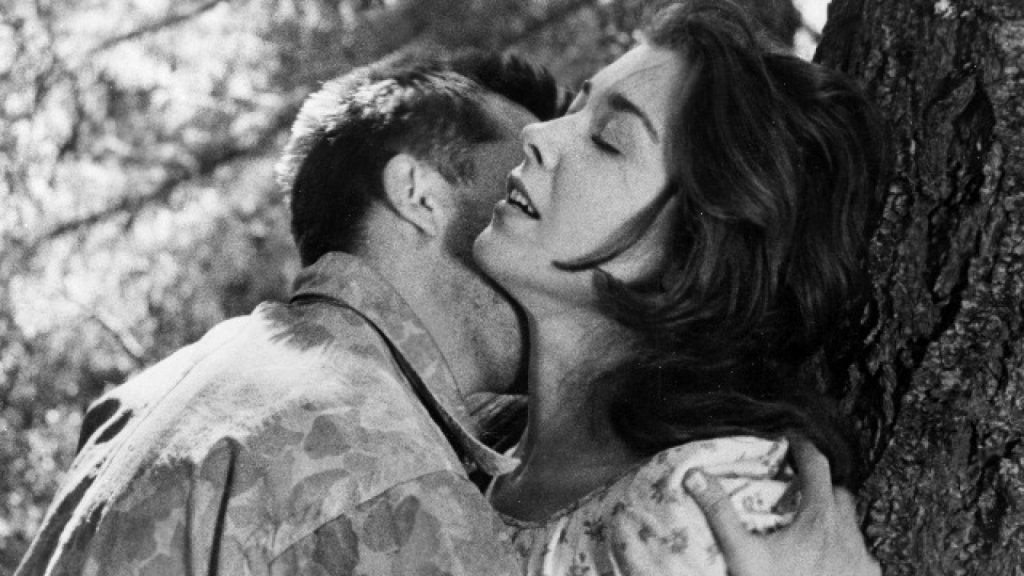
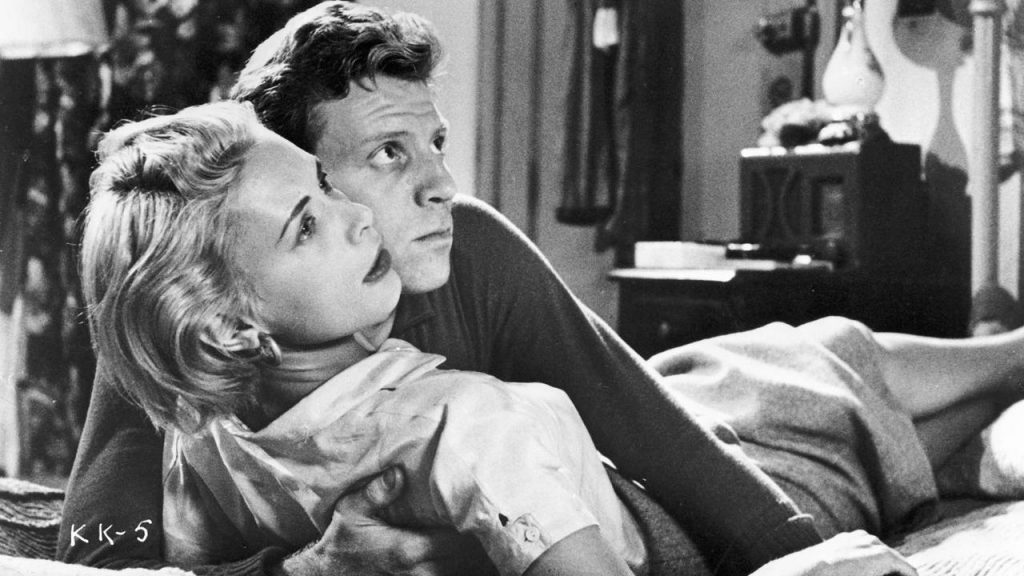
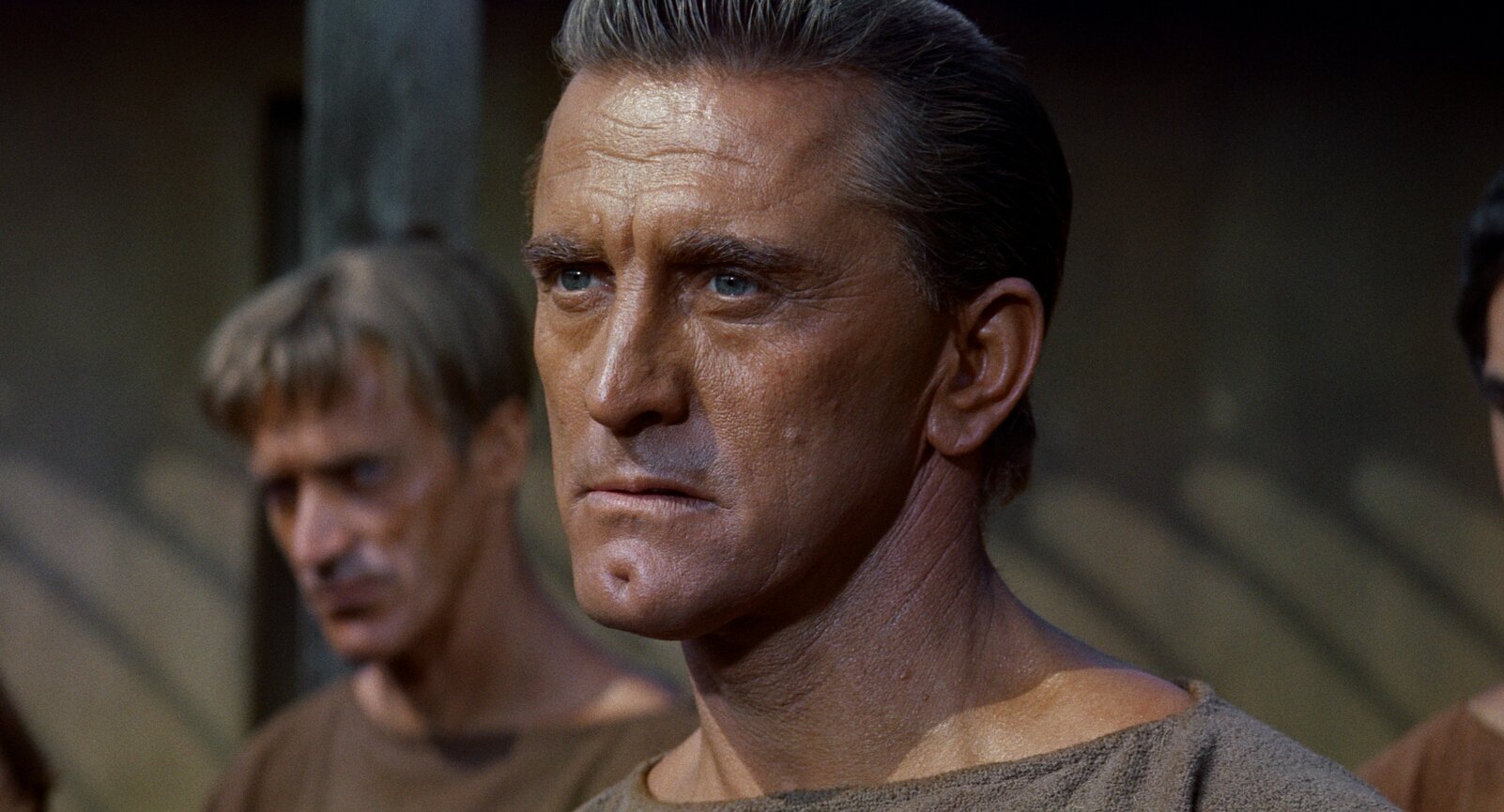
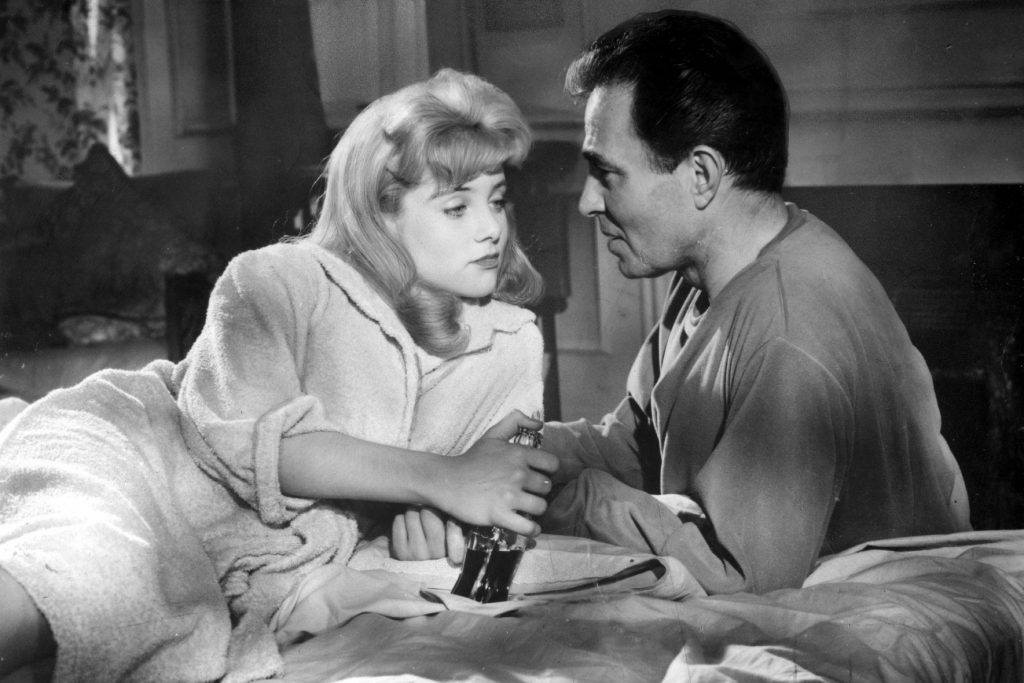
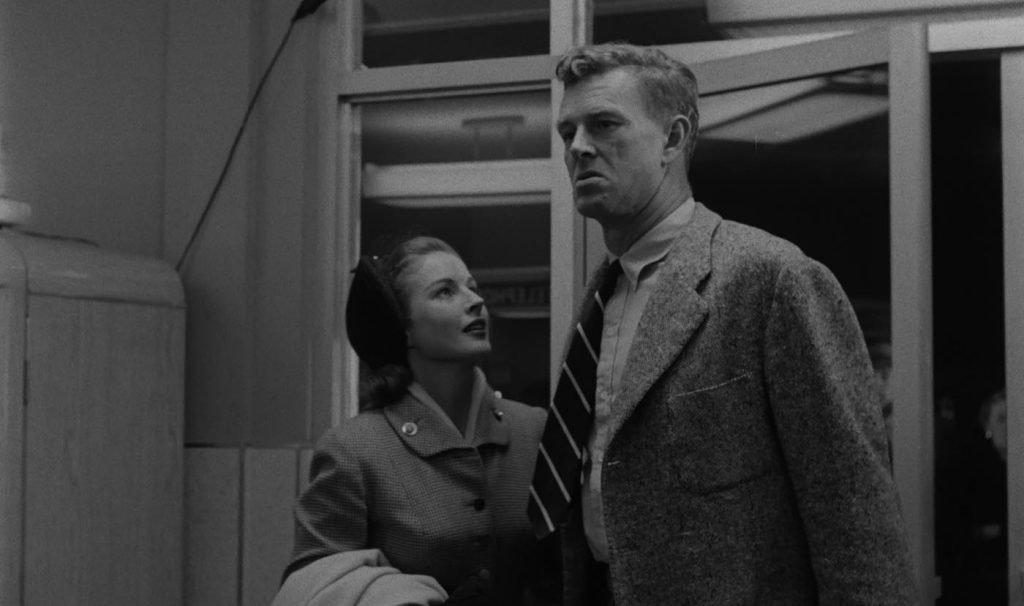
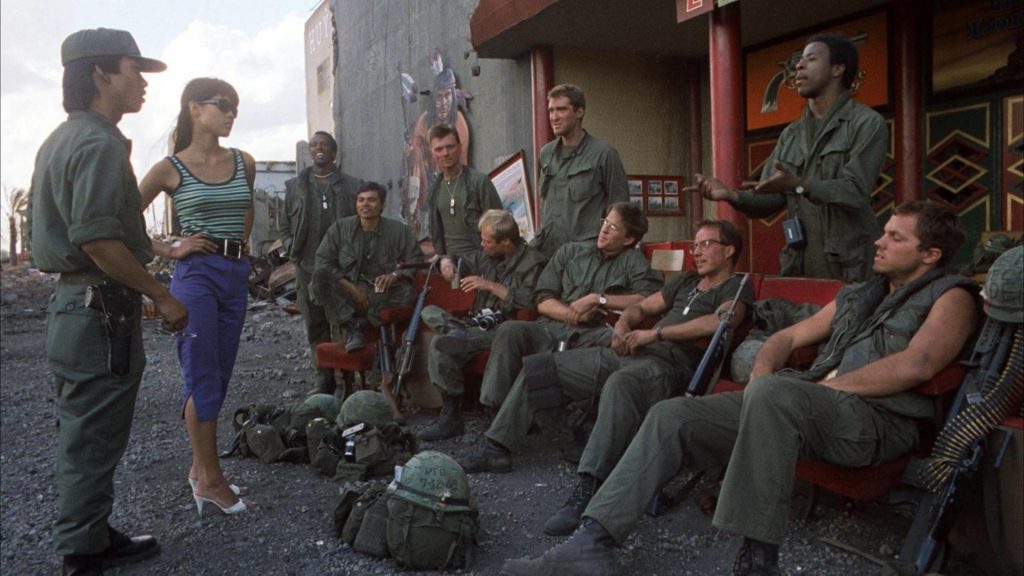
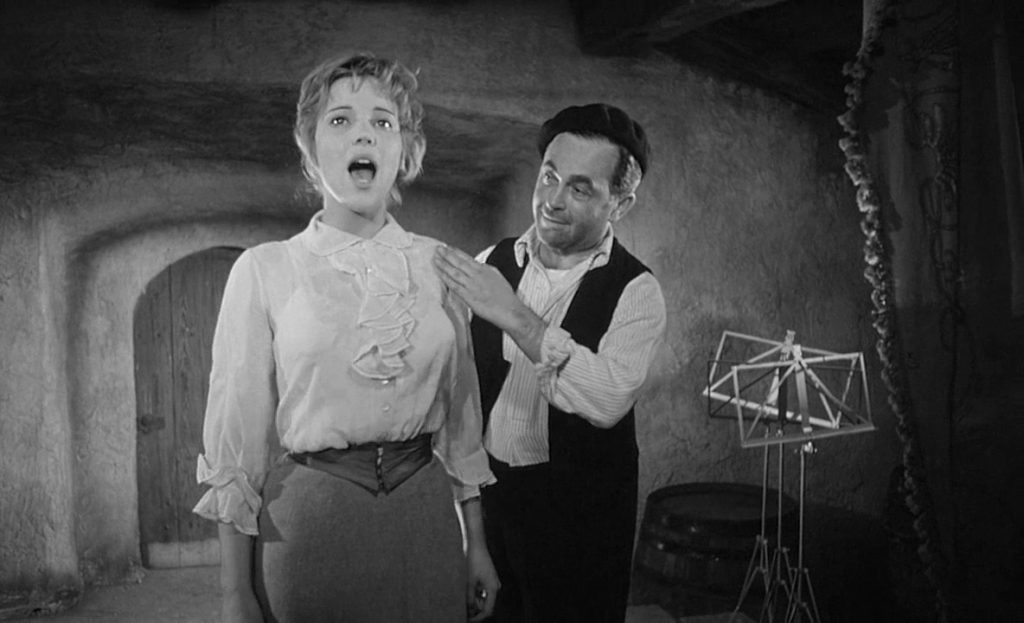
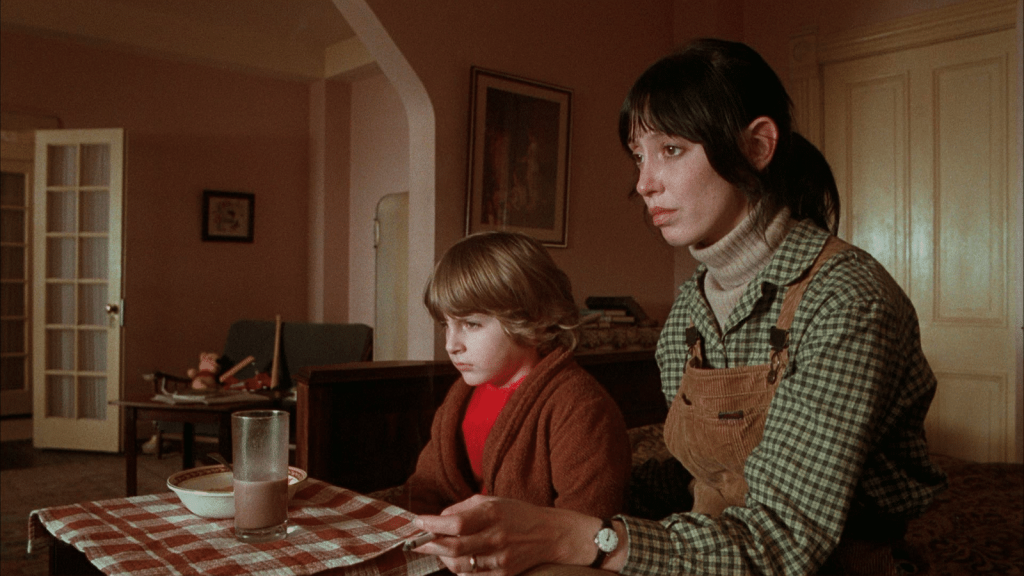
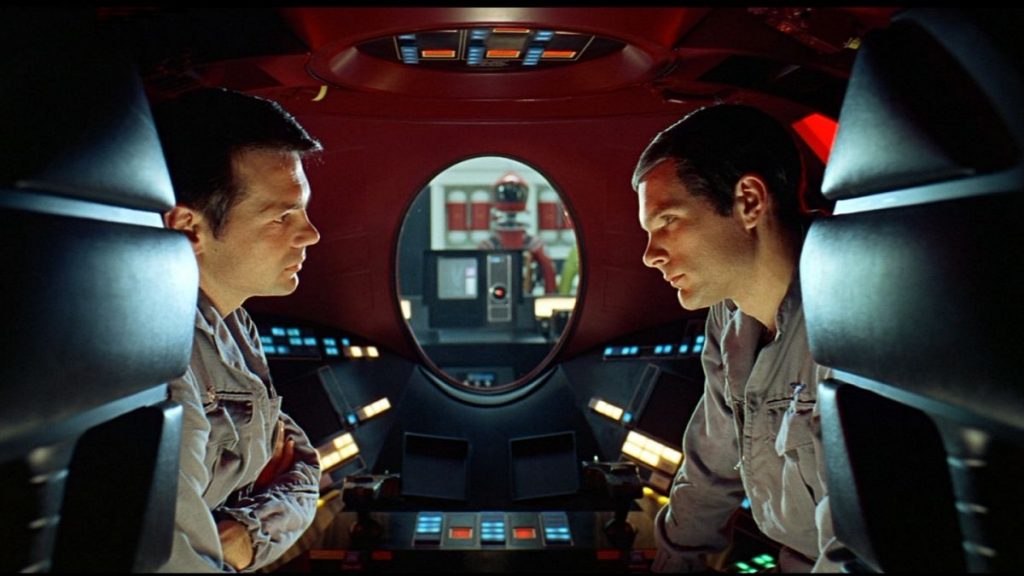
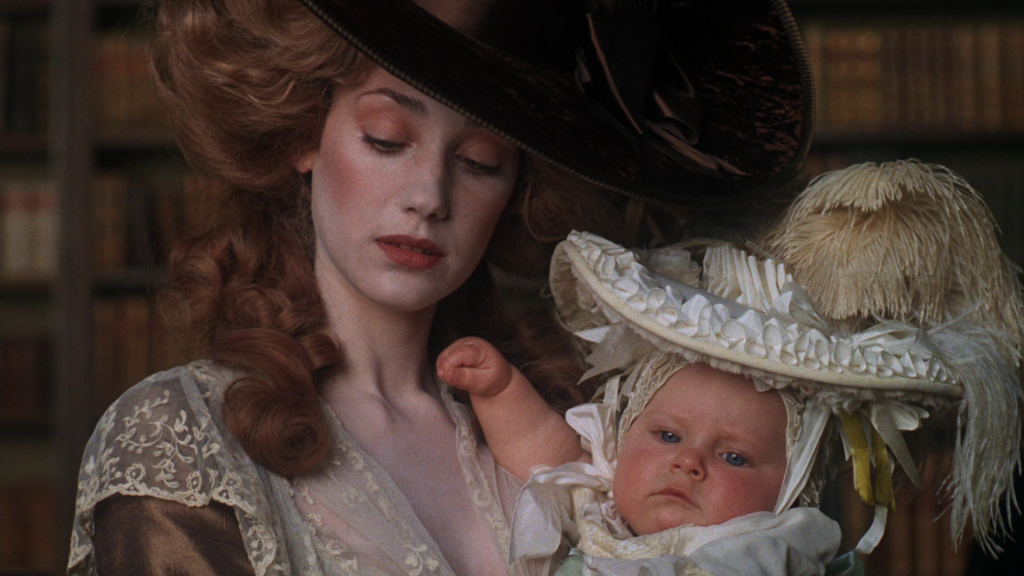
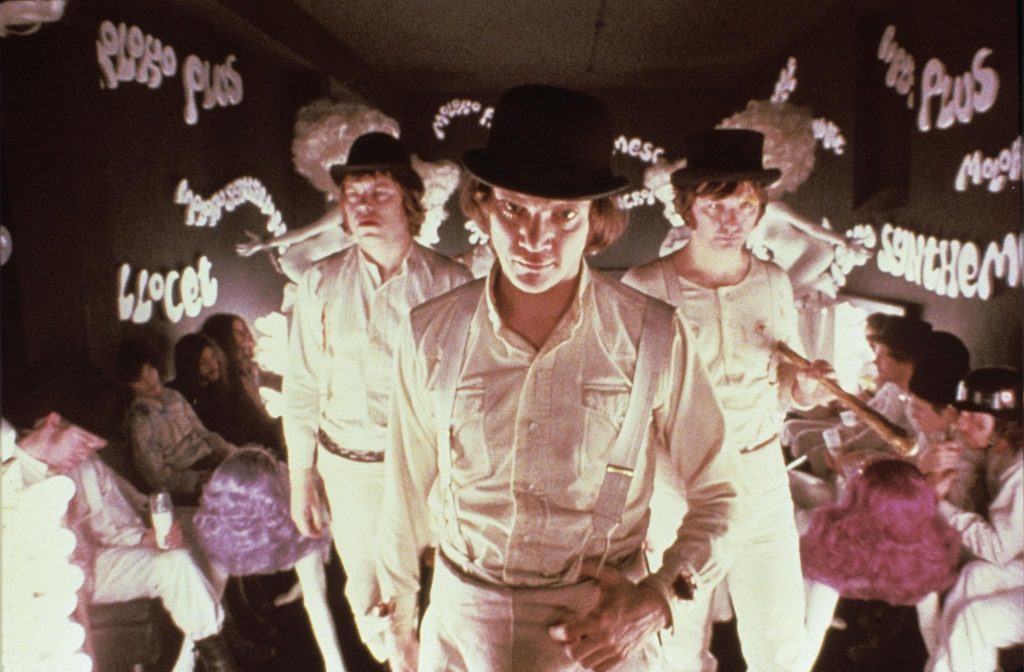
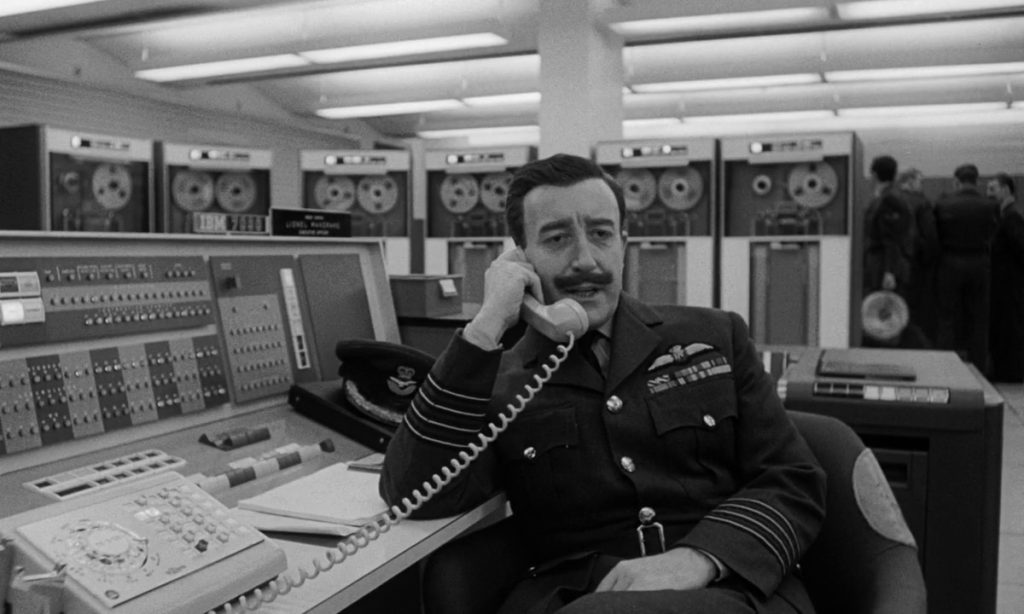
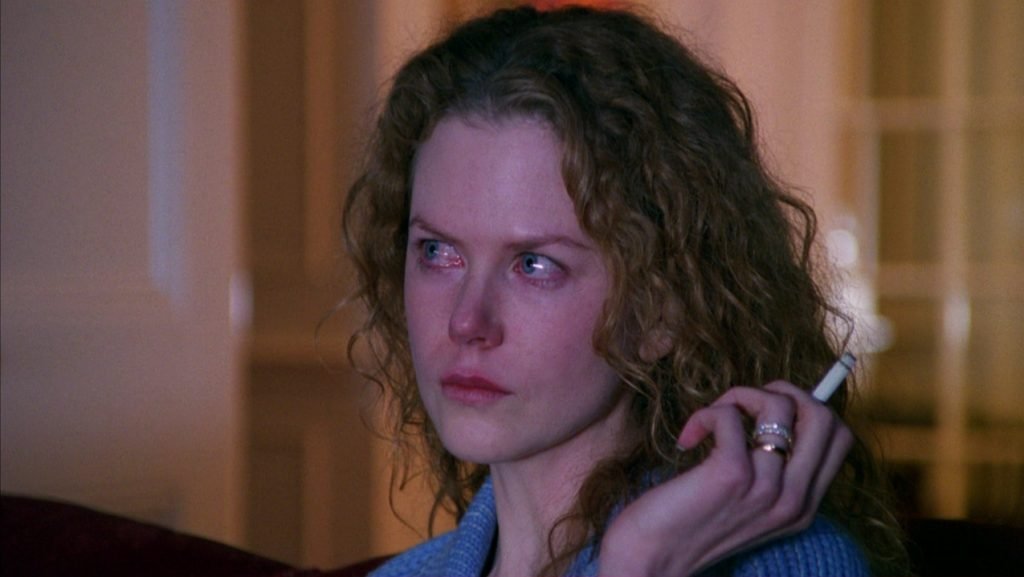
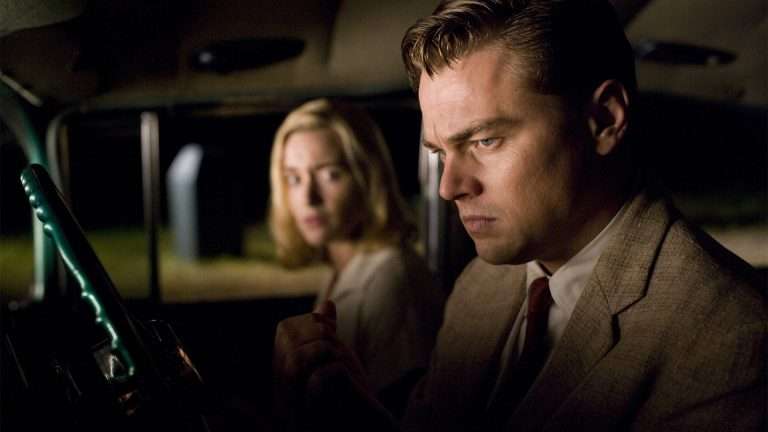

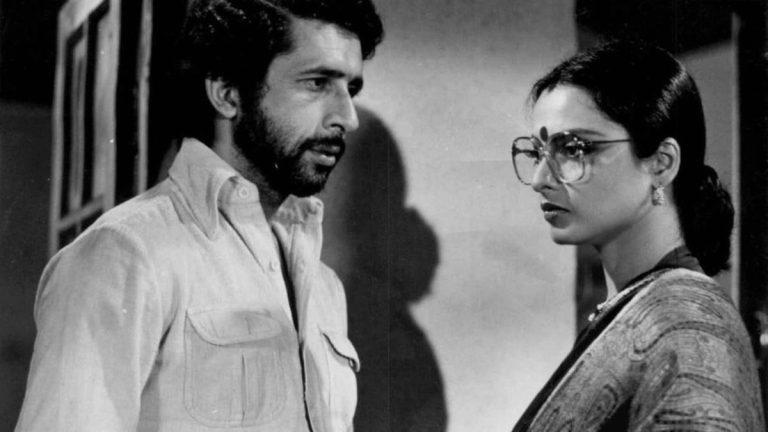
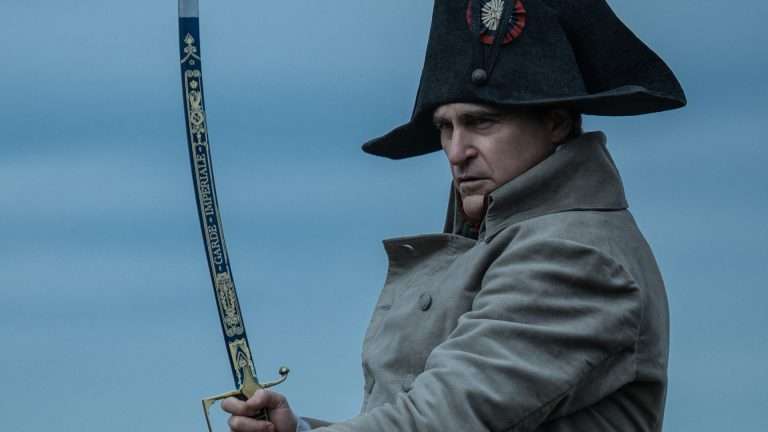
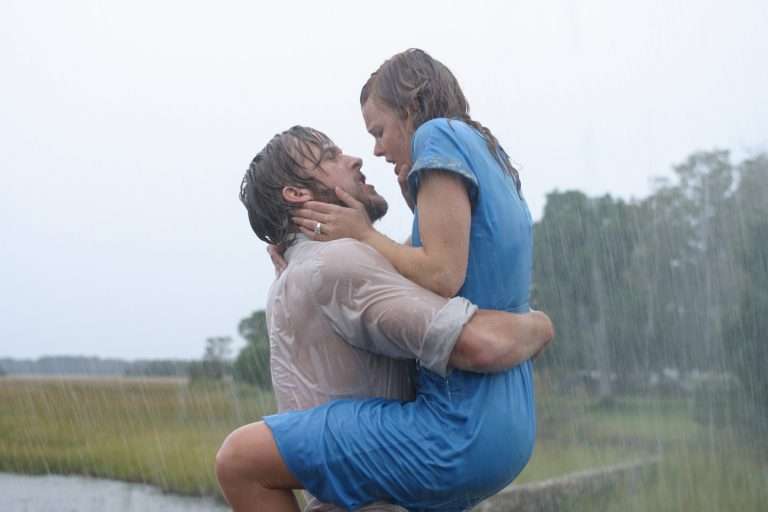
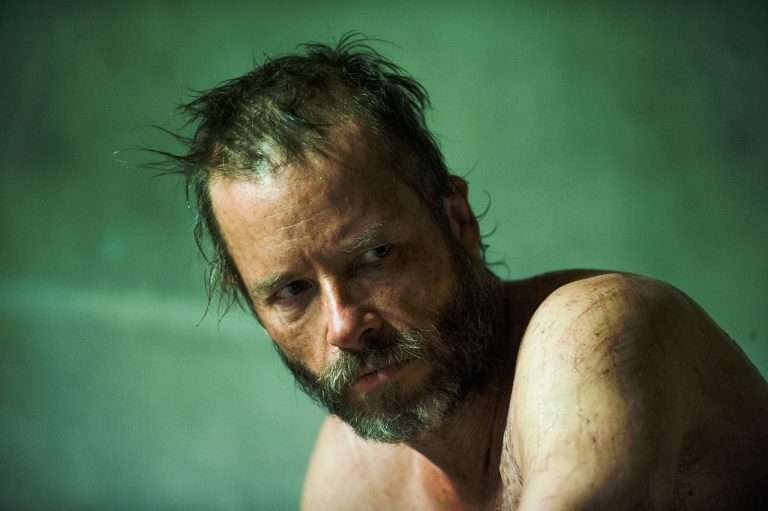
Reads like written by ChatGPT.
Not at all. The post was written in 2021, and we only update the image now and then.